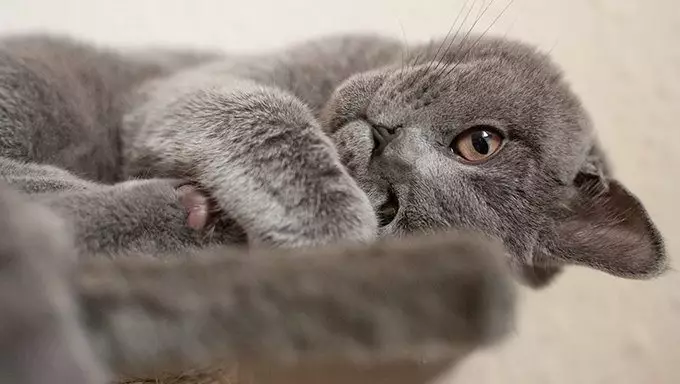In an increasingly urbanized world, the appeal of adopting a quiet cat is gaining traction, particularly among those living in multi-unit dwellings such as apartments. The consideration of noise level is not merely a matter of personal preference; it also plays a significant role in harmonious living environments. For many, the serene company of a discreet feline can provide comfort and companionship without the late-night yowls or persistent meowing that some breeds are known for. If you’re contemplating the adoption of a cat, it’s crucial to consider those silent companions who can be just as loving and engaging without raising a din.
Quiet cats often exhibit a gentle temperament that complements their low vocalization. They create an atmosphere of tranquility that many pet owners find soothing. Rather than a constant barrage of cries, a quiet cat often communicates its needs through subtle body language and soft purrs. This unique personality trait not only makes them ideal for apartment living, where noise can easily disturb neighbors, but it also enriches the bond between cat and owner, creating a stress-free environment.
Potential cat adopters would benefit from recognizing that within shelters and rescues lie numerous opportunities to find naturally quiet breeds. Breeding patterns tend to produce specific characteristics, and while many breeds are known for their tranquility, each feline remains an individual with a distinctive character. Ultimately, the gentle presence of a quiet cat can offer a calming experience that matches the lifestyles of those who prefer a more subdued pet.
If you’re searching for a feline companion known for its calm demeanor, consider specific breeds associated with this personality trait. While the list is not exhaustive, breeds like the Ragdoll, British Shorthair, and Burmese are often recognized for their quieter nature. However, there’s an important caveat to keep in mind: each cat is unique, and there can be exceptions even within quieter breeds.
It’s essential for prospective pet owners to remember that factors such as individual personality, early socialization, and environmental circumstances can influence a cat’s vocal behavior. Even a typically quiet breed might become vocal under stress or discomfort, so understanding your prospective feline’s background and needs can significantly affect their behavior once in a new home.
For those who may already own a more vocal cat, the journey to a calmer household doesn’t need to end in resignation. Training is a viable option that can help mitigate excessive vocalizations. Before embarking on such a training process, it’s vital to consult a veterinarian. Excessive vocalization can often be symptomatic of underlying health issues; ensuring that your pet is healthy is paramount to addressing behavioral concerns.
Once medical issues have been ruled out, the next step is to cultivate a quieter atmosphere. One effective method for encouraging a quiet demeanor is to avoid giving attention in response to loud vocalizations. While it can be tempting to appease a demanding cat with food or petting to silence them, this strategy inadvertently reinforces the unwanted behavior. Instead, reinforcing periods of silence or calmness through positive reinforcement can help reshape your cat’s behavior over time.
Clicker training has emerged as a popular method for shaping the behavior of cats, including fostering quieter habits. The premise is straightforward: use a clicker to mark instances when your cat is quiet, promptly followed by a treat. This process helps your cat associate being calm with receiving rewards, encouraging them to adopt quieter habits. Consistency is critical in this training process; any break in reinforcement could lead back to previously established vocal habits.
Moreover, it’s important for cat owners to recognize that meowing is a natural form of communication for felines, even extending beyond kittenhood. Gradually teaching your cat that silence can be met with positive outcomes can reshape their expectations and result in a more peaceful home environment.
Whether you are looking to adopt or seeking methods to maintain a quieter atmosphere with your existing feline friend, understanding the dynamics of quiet versus vocal cats can significantly improve your experience as a cat parent. By appreciating the gentle presence of quieter breeds and employing positive training methods, anyone can enjoy the companionship of a loving, quiet cat.


Leave a Reply